How knowledgeable are you about the medicinal uses of Red Amaranth can be used in medicine? In this article, we will discuss the six medical applications of red amaranth that are the most common and well-known.
Amaranthus cruentus is a flowering plant species that produces amaranth grain, which is used as a nutritious and satisfying staple food. This particular species of Amaranthus is one of three species of Amaranthus used in agriculture.
The other two species of Amaranthus grown as a source of grain are Amaranthus hypochondriacus and Amaranthus caudatus. Amaranthus cruentus is a perennial plant that grows quite tall and produces clusters of dark pink flowers. This plant can grow up to 2 metres tall and flowers in late summer and early autumn.
Many of its morphological characteristics are similar to those of Amaranthus hybridus, from which it is thought to be derived. While the green variety is more common, the purple variety was cultivated by the Incas for ceremonial purposes. The mountains of Wayanad, Kerala, can reach heights of up to 4 metres.
What are the most common and well-known medicinal uses of Red Amaranth?

- It is effective in treating sudden pains and stomach aches, abnormal bleeding during menstruation, and inflammation of the vagina and urethra.
- Reduces chronic inflammation of the skin when applied topically.
- Stimulates lactation in women who are already breastfeeding.
- Additionally, put to use as a laxative.
- Reduces localized inflammation and associated pain in affected areas.
- Beneficial for healing burns and reducing the pain of boils
How to properly use Red Amaranth to attain its medicinal properties?
- A decoction that is made from the herb’s root can be used to treat severe stomach pain, menstrual bleeding that does not make sense, as well as inflamed mucous membranes in the urethra and the vagina.
- To calm irritated skin, the entire plant is typically ground into a paste and then applied topically in the form of a compress.
- In addition, decoctions made from the root are given to nursing mothers in the hope that they will produce more milk.
- To prepare a tea that can be put to use as a laxative, the leaves and root of the amaranth plant are boiled together.
- A paste made from ground red amaranth is applied to wounds such as burns and boils to provide relief.
Different regions have different uses for this plant. Subsistence farmers in Africa rely heavily on this crop. Red amaranth is also used to make lal bhaji, a popular wok dish in Chhattisgarhi. During the month of Shravan, locals in Maharashtra prepare a stir-fried vegetable dish using only grated coconut. Vaal hyacinth bean curry uses the stem.
The Zuni grind the feathery part of the plant into a fine powder and use it to dye their ceremonial bread red. A blusher made from the crushed leaves and flowers is also moistened and applied to the cheeks.
This grain is used to make kheer, a traditional dessert served at weddings in the Kinnaur district of Himachal Pradesh, India. The flour is also used to make chapatis, which are deep-fried.
Disclaimer: This is for informational purposes only.
If you find this helpful, let us know in the comments below.
You can also visit our Facebook and YouTube pages to know more about plants and their health benefits.
You might also like:
- 10 Amazing Medicinal Benefits Of Siris Tree To Try Today
- Eat Avocado And This Is What Will Happen To Your Body
- 6 Medicinal Uses of Bamboo That Will Surprise You
- Amazing Health Benefits Of Eucalyptus And How It Can Treat Asthma
- What is Papaya Good For? Amazing Papaya’s Health Benefits You Should Know About!




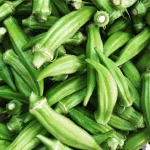
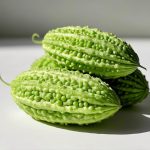
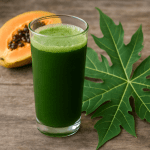
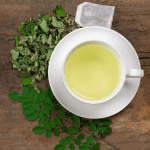
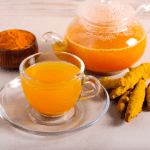
1 thought on “The Best 6 Learned Medicinal Uses of Red Amaranth”